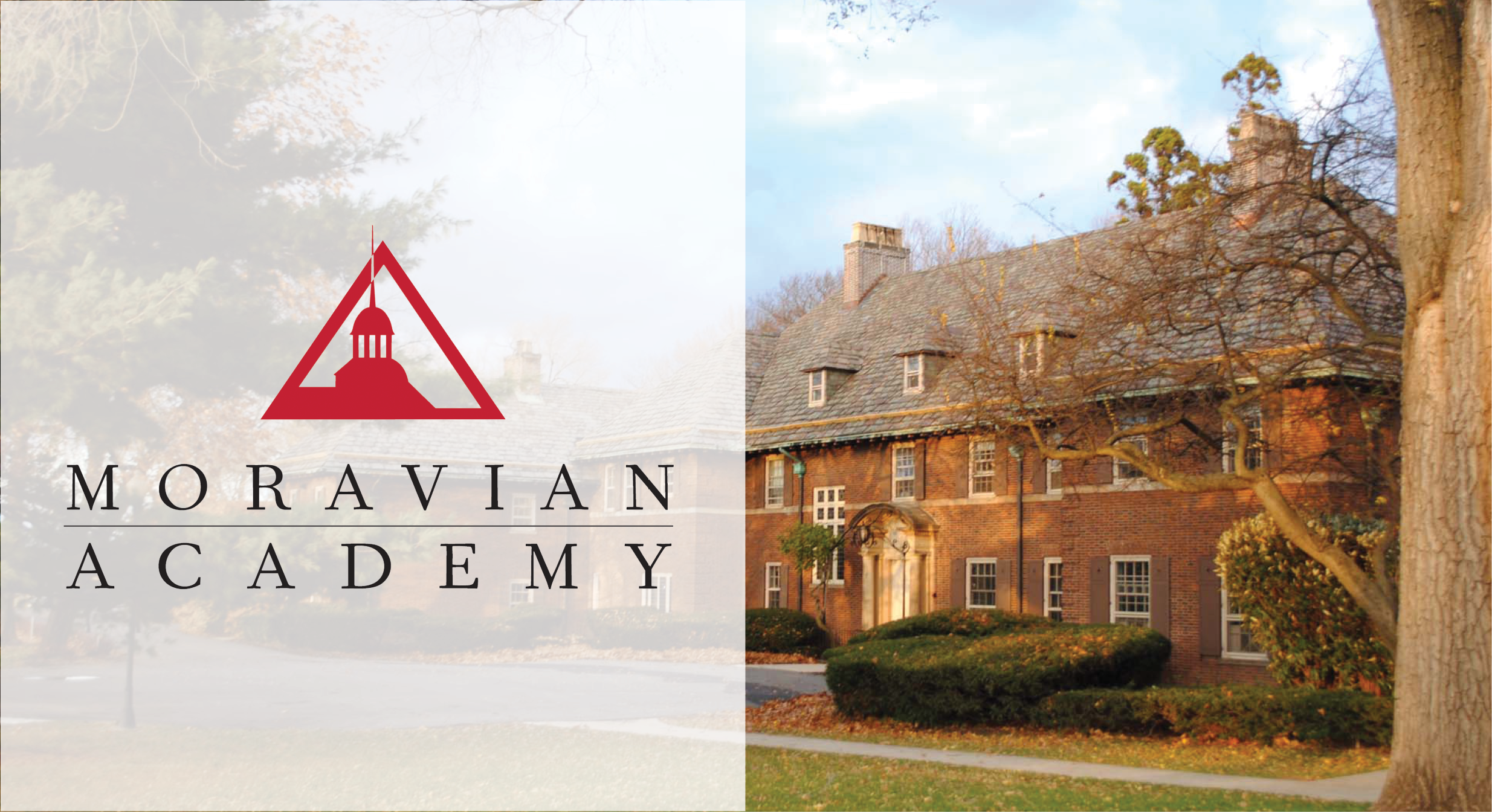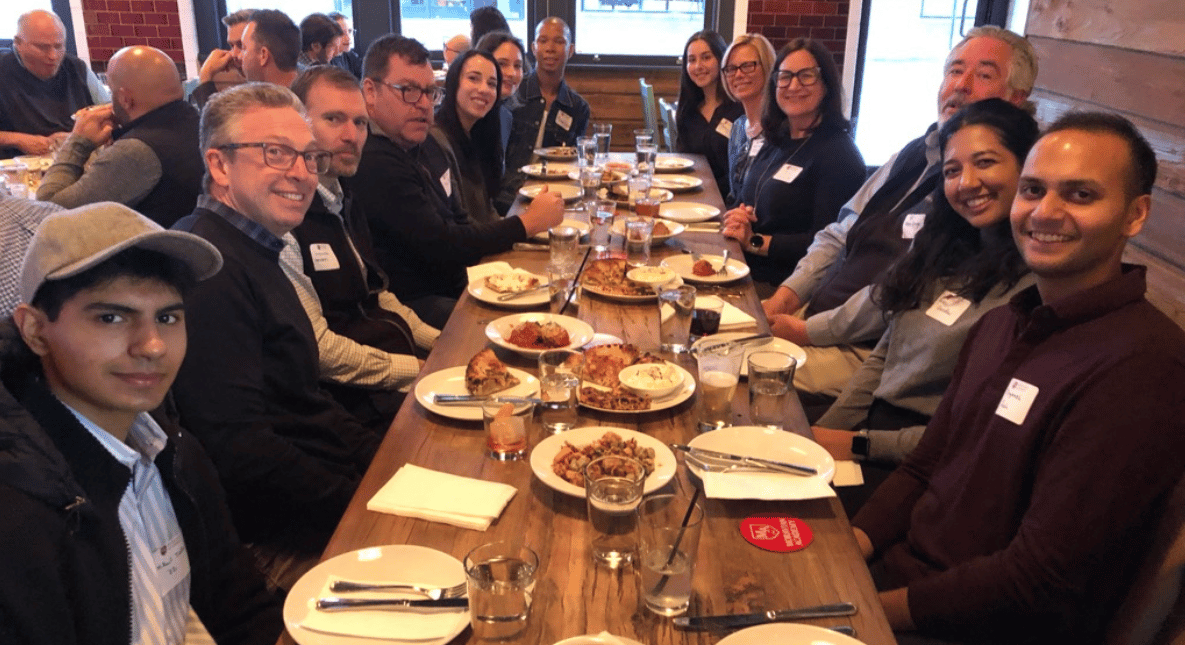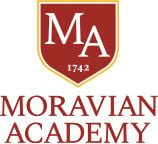Lessons Learned From Virtual School
The last several months, as the faculty and staff shifted instruction and programming into a fully virtual environment, provided innumerable moments for learning.
Faculty have found their own individual comfort with remote instruction; staff have worked to acquire a taste for Zoom meetings; families have learned to work around their students’ synchronous learning schedules and sometimes unreliable internet access; and students have developed more fluency around their technical skills and begun to cultivate a sense of metacognition.
After meeting with almost 30 students (grades 3-12) in small group sessions, we were reminded of a key truth regarding learning: high-quality learning involves relationships, not simply the delivery of academic content. Ensuring that students are deeply engaged in the community, facilitating effective, open two-way communication, and providing easy access to faculty and staff through office hours, support sessions, and individual consultations are critical. Our students articulately reminded us that asynchronous learning experiences, those that do not involve a “live” lesson with the faculty member presenting to a student watching a screen, are the most pedagogically sound forms of remote instruction. As we all know, sitting in front of a screen for long periods of time isn’t good for anyone, particularly our younger learners. However, pairing asynchronous learning with synchronous/”live” sessions that include discussion, Q&A, content review, and real-time problem solving is the favored approach to instructional delivery.
As we move forward into a new school year we know we want students to construct their own learning, not in a passive way, but in an active manner that combines instructional delivery and opportunities for collaboration and interaction with peers, mentorship from faculty, and presentation of what they learned to the broader school community. We will work to encourage all of our students, even our younger learners, to engage in individual, self-directed learning as a complement to their routine curriculum. We will also strive to ensure faculty and staff are readily available to students through study sessions, office hours, support meetings, advisory, and individual consultations.
There is much work ahead of us as we plan to enter a new reality in the 2020-2021 school year. Health and safety will be paramount, of course, but maintaining a rigorous academic curriculum that is delivered through evidenced-based, sound pedagogy remains a top priority. We fully intend to welcome our students back to campus in the safest way possible, while also applying what we have learned from them, their families, and our faculty during the last few months. We look forward to watching the learning continue!


 myMA
myMA





.png)





